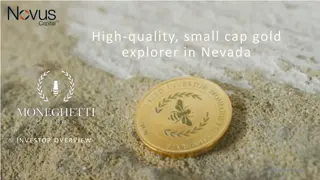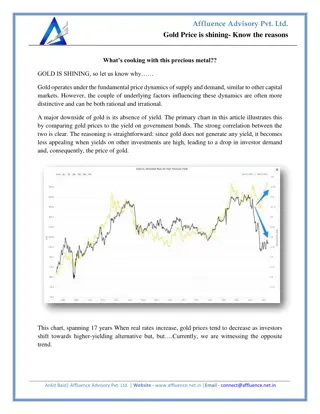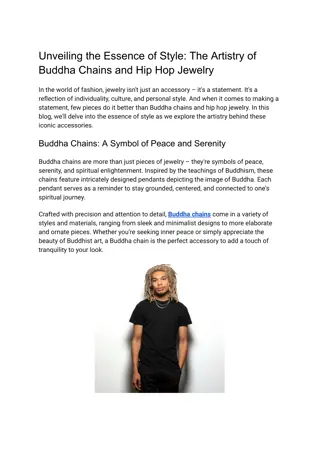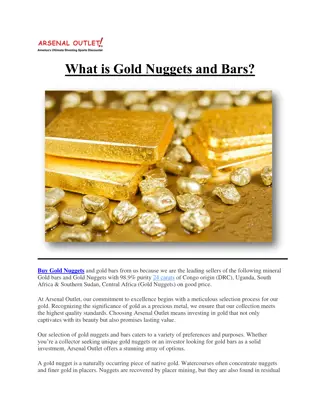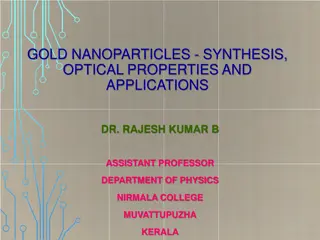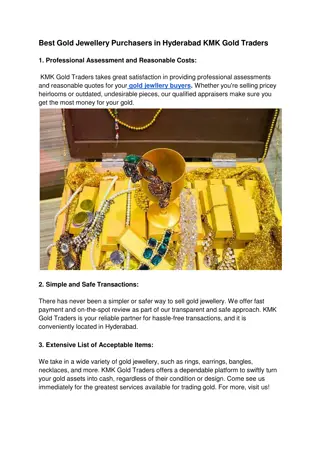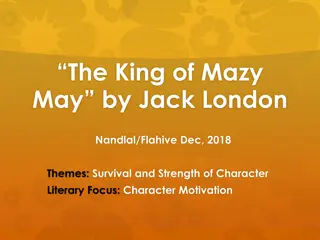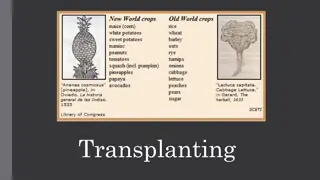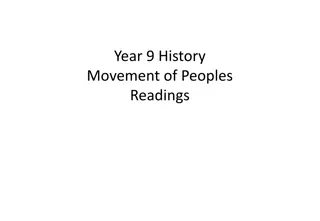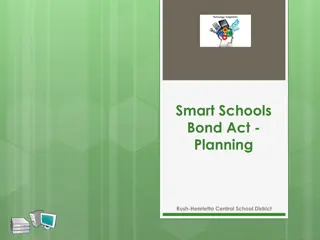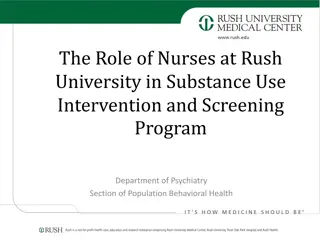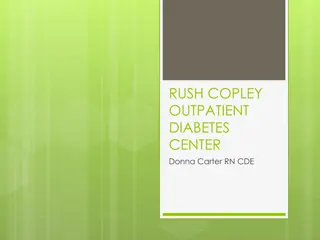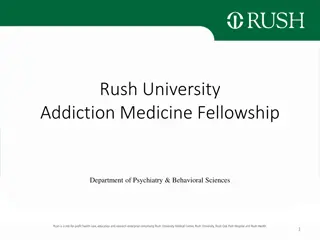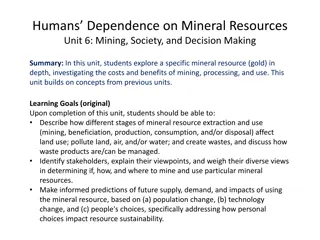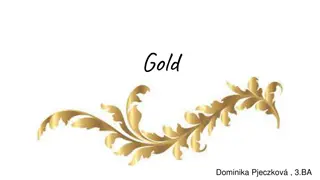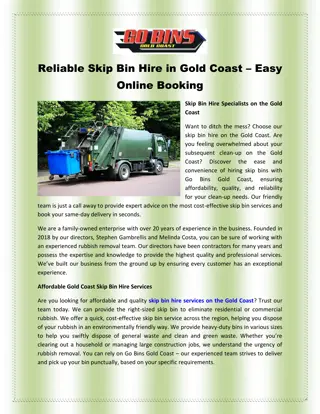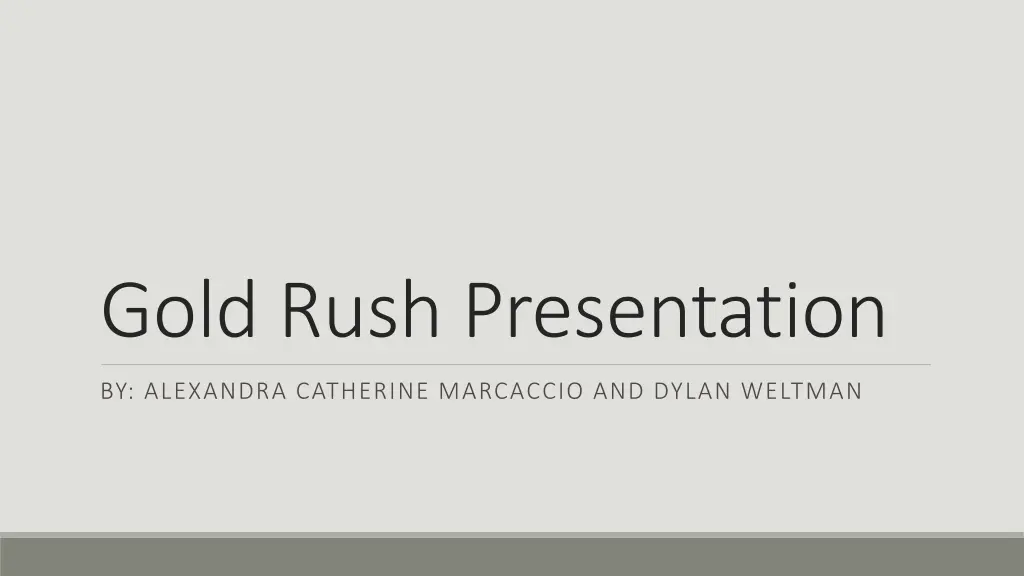
Exploring Unique Content Overlaps in Library Analysis
Conducted at Downsview Memorial University, the presentation delves into a pilot study on unique content overlaps between Memorial's collections and partner libraries. It highlights findings, goals, methods, and key points of the analysis, shedding light on potential contributions to the Knowledge@Downsview facilities.
Download Presentation

Please find below an Image/Link to download the presentation.
The content on the website is provided AS IS for your information and personal use only. It may not be sold, licensed, or shared on other websites without obtaining consent from the author. If you encounter any issues during the download, it is possible that the publisher has removed the file from their server.
You are allowed to download the files provided on this website for personal or commercial use, subject to the condition that they are used lawfully. All files are the property of their respective owners.
The content on the website is provided AS IS for your information and personal use only. It may not be sold, licensed, or shared on other websites without obtaining consent from the author.
E N D
Presentation Transcript
Gold Rush Presentation BY: ALEXANDRA CATHERINE MARCACCIO AND DYLAN WELTMAN
Context: Keep@Downsview Memorial University testing a new type of membership in K@D called Associate Member Pilot period concluded in February 2021 report was written on the findings from our Pilot: There was a need for an overlap analysis between Memorial and the K@D space to determine what unique content Memorial could contribute to K@D What kind of overlap do we see between MUN's collections and the other partner libraries?
Our Analysis Part I: Monographs in DocuGuard What is the overlap between the monographs we currently have in offsite storage and the monographs in K@D? What about the overlap between monographs in offsite storage and all of Toronto's holdings? Part II: Monographs in All Libraries What is the overlap between MUN's monograph holdings and each of the K@D partners (Western, Queen's, Ottawa, McMaster)?
Initial Goals: To approximate the amount of unique content that Memorial could contribute to the K@D facilities To determine where content overlapped with K@D and how much overlap there already is useful for future weeding projects
Methods This was a high-level, exploratory analysis we weren't looking at a title breakdown at this point Made use of Gold Rush's comparison charts Used the Location and Branch filters to focus on specific collections that we wished to compare
Analysis: DocuGuard Unique to Docuguard (#) 151,917 Unique to Docuguard (%) 81.7 UTL Location Common (#) Common (%) Downsview 34,012 18.3 All UTL 111,004 59.7 74,925 40.3 Total Items in Docuguard: 185,929 Key Points: The amount of unique content that we own is higher than anticipated What does this mean for shipping content to Ontario?
Broadening our Approach Overlap was lower than anticipated Broadened scope to look not only at Downsview but also at all partner libraries for overlap This informed our approach to analyzing monographs more broadly at MUN
Analysis: Monographs and K@D Partners Library System Unique to MUN (#) Unique to MUN (%) Common (#) Common (%) McMaster 960,357 74.5 % 328,379 25.5 % Queen s 944,837 73.3 % 343,899 26.7 % Ottawa 892,282 69.2 % 396,454 30.8 % Toronto 599,905 46.5 % 688,831 53.5 % Western 802,811 62% 485,644 38% ALL 382,163 30% 906,312 70% *Monographs excluding those found in the Centre for Newfoundland Studies
Implications and Questions We have a similar rate of overlap between the different partner universities What does this mean for any future Downsview contributions? How might we coordinate any shipment of items to Downsview, particularly when multiple universities own the same item?
Future Steps IF Memorial becomes an Associate Member: Begin conducting targeted overlap analyses between specific areas of our collection and the K@D collection for targeted weeding projects Look more closely at DocuGuard and our pre86 journals to begin making contributions to Downsview
Downsview Overlap - Intro oQueen's University is an Original member of Downsview. oWe contribute and share copies of print material (books, bound journals, etc.). oWe use Gold Rush as a tool to overlap our collection for print stewardship projects. oIt is especially useful for specific material types and collection locations.
Downsview Overlap - Process 1. On Gold Rush an overlap is made using the Queen's and UTL institutions 2. The Branch Code of Downsview is then selected and any Queen's locations are also selected if necessary 3. A report is generated by Gold Rush and is then exported in an Excel format 4. Circulation data is then pulled from Queen's databases in an Excel format 5. Using Excel formulas and conditional formatting, an overlap of the Gold Rush report and Circulation data is made 6. Results are highlighted and then visualized for further understanding
Downsview Overlap - Visualization
Downsview Overlap Visualization Explained o Gold Rush does the "bulk" of the overlap while circulation data is within the institutions o Circulation data helps with informed decision making on which print can be contributed to Downsview o It also informs on the trends of Downsview material as can be seen in the graph, the older the last loan date, the more material was located in Downsview o This opens up the potential for more fields in Goldrush
Gold Rush for Reclassification - Intro o Using Goldrush and the Branch Code or Location Code, very specific overlaps can be conducted o Specifically, one project involved reclassifying an entire subset of a collection that uses an old classification o The goal for this project is to overlap the collection with another institution and use their classification for the material as a blueprint for reclassifying it in our library
Gold Rush for Reclassification - Scope o25k subset of a print collection oWill need to reclassify and re-label all the print oThe challenge was to find a cost-effective blueprint for reclassifying at scale oQuestion: Can we also downsize the onsite collection prior to reclassifying in order to reduce the workload? oCan the Keep @ Downsview help with this challenge? oWhat tools can help us meet our goals?
Gold Rush for Reclassification - Process o If not done already, create a separate location in the location field for the print that needs reclassifying o In this case QUL has an Old Class location o Find an institution with a high number of overlaps with your institution o Use the location code with the old class material o Ensure there is a sufficient amount of overlap using the Goldrush charts
Gold Rush for Reclassification Process 2 o Export the overlap data to Excel o We took this process one step further and used Gold Rush and the same collection to overlap with the shared Downsview facility o Rather than reclassifying the material we could have an option to share a copy that already exists in Downsview (Partial Ownership) o When crossed over with circulation data we also observed which print can be contributed to Downsview o The remaining print will then be reclassified using the existing structure provided from the other institutions records
Gold Rush for Reclassification Visualization o Visualization of the actively circulating material in the collection o This implies that a quarter of the actively circulating collection has a blueprint from UTL's call numbers o This aids in the cataloging of the material and potentially the print stewardship as well. o Potentially reduce the workload of the cataloger by over 50% from 25k to 9695.
Implications and Questions o What if circulation data was on Gold Rush? o What if there was an institution "all" to use all records to aid in reclassification? o Can there be a separate "institution" for Downsview as it is a shared location? o What other creative uses can Gold Rush have in aiding with print stewardship
Thank you! Any comments or questions are welcome!

